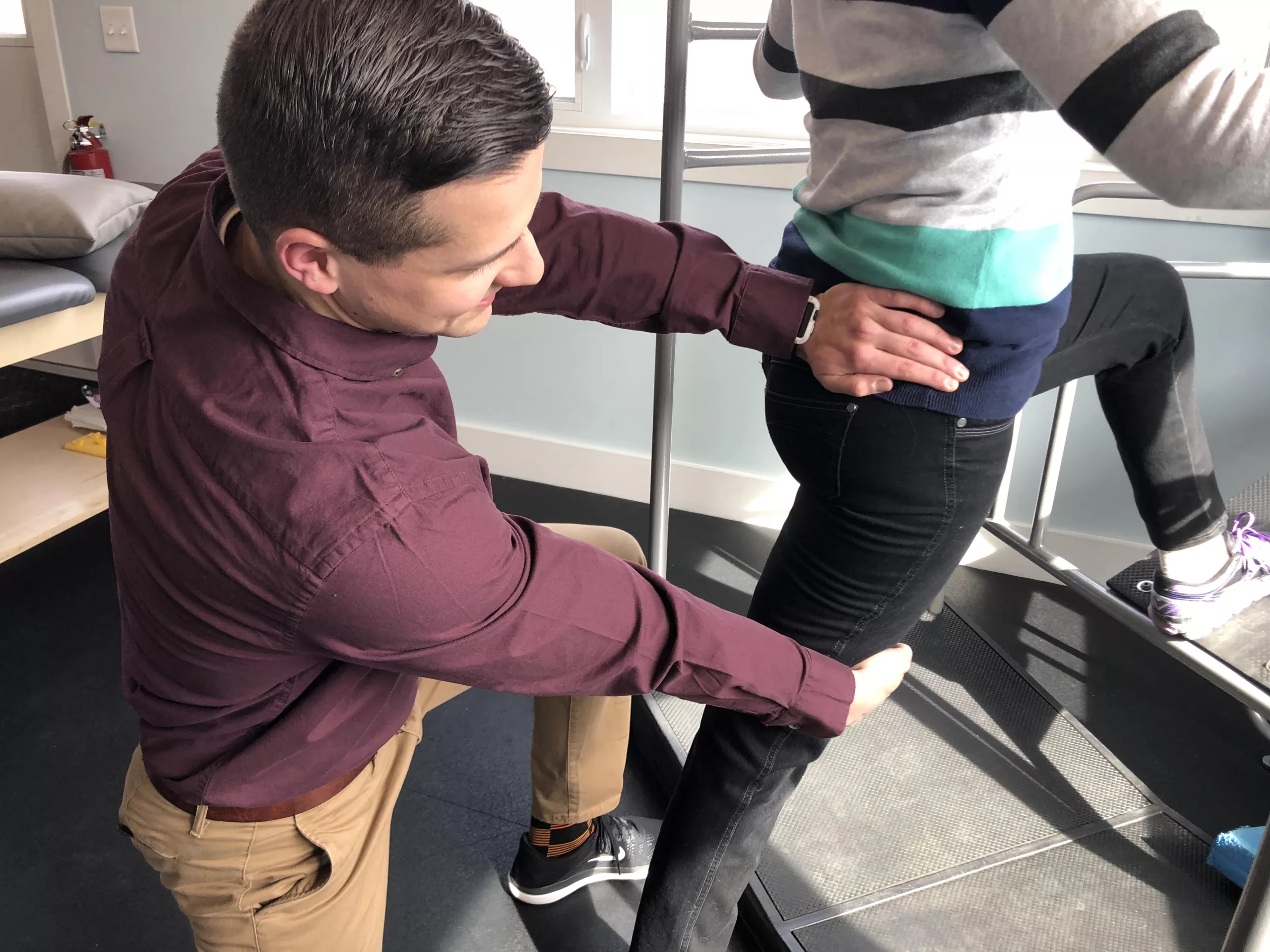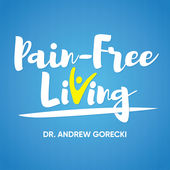
The Hidden Link: Hip Pain's Role in Incontinence
Ever grappled with hip pain and simultaneously faced incontinence challenges? You might be pondering if the two are intertwined. In this piece, we'll delve into the intricate relationship between hip complications and bladder functionality.
Imagine the pelvic region as a basin filled with muscles. This basin, or "muscle bowl," represents your pelvic floor. Nestled within this region is the hip rotator, a muscle that weaves its way from behind the pubic bone, encircling the pelvic bowl. The crux of the matter is that any hindrance in hip mobility—be it arthritis, diminished flexibility, or even post-hip replacement surgery—can directly influence the pelvic floor muscles due to their intimate connection with the hip's musculature.
The hip rotator is pivotal for the rotation and outward motion of the hips. When this muscle faces constraints or lacks flexibility, it can impede the pelvic floor's ability to function, move, and maintain adequate blood circulation. Consequently, the pelvic floor muscles might falter in their contraction and relaxation, undermining their strength and efficacy.
Another crucial aspect to spotlight is the pelvic floor's anchoring to the pubic bone, where the groin muscles, or adductors, latch on. Tightness in both the groin muscles and the hip rotators can limit the pelvis's multi-directional movement. Given the diverse orientation of muscle fibers in the pelvic floor, their optimal engagement hinges on the unhindered movement of the hips, pelvis, and spine. Any disruption in these movements can hamper the engagement of these muscle fibers, affecting the pelvic floor's performance.
For the pelvic floor to function at its peak, it's essential for it to move in varied directions. The anterior-posterior muscle fibers need the hips and pelvis to move in a front-to-back motion. The lateral fibers depend on side-to-side movements, while the horizontal fibers demand a rotational motion of the hips, pelvis, and spine. A lack of freedom in these movements, including vertical shifts, can stifle the pelvic floor muscles' optimal operation.
Grasping the nexus between hip pain and incontinence can illuminate pathways to tackle both issues. Limitations in hip mobility, coupled with tightness in the hip and groin muscles, can directly affect the pelvic floor muscles' engagement, strength, and blood circulation. By zeroing in on enhancing hip flexibility, mobility, and movement in all directions, those battling hip pain and incontinence might discover relief and a rejuvenated pelvic floor.
If hip pain and its potential ripple effect on incontinence plague you, seek counsel from a pelvic floor physical therapist or a healthcare expert. They can offer tailored advice and specific exercises to ameliorate your situation. Remember, proactive measures addressing hip challenges can be a boon for your pelvic floor health and holistic wellness.
Get a FREE copy of the book, "How to Go from Wet to Dry" for more info on conquering bladder leaks and urinary frequency and urgency. Click Here to get it today.
Check out our Incontinence Web Page for even more solutions.



